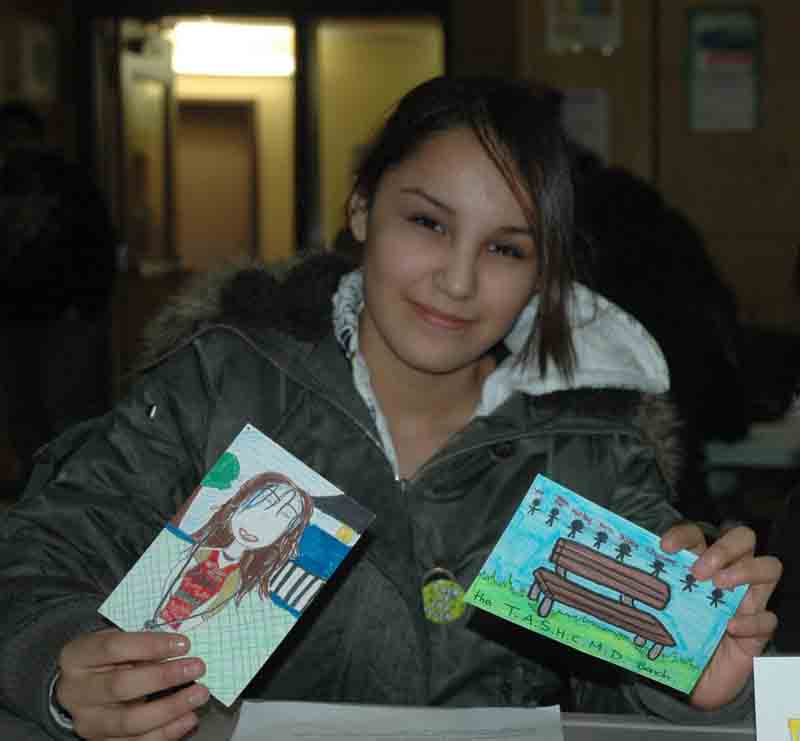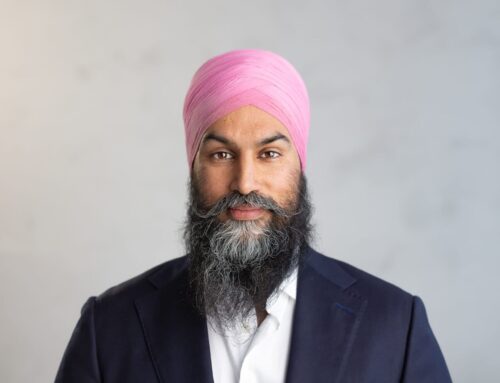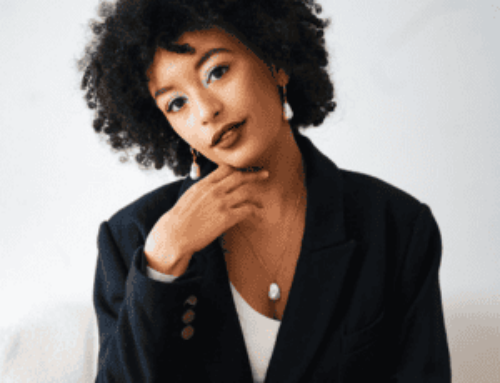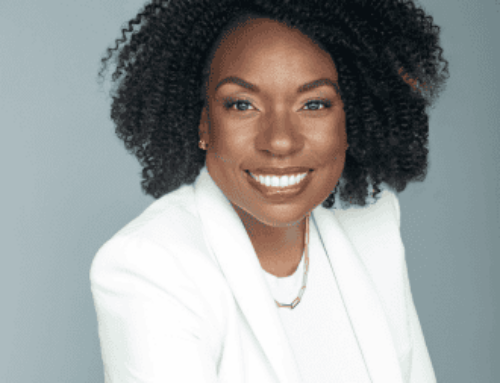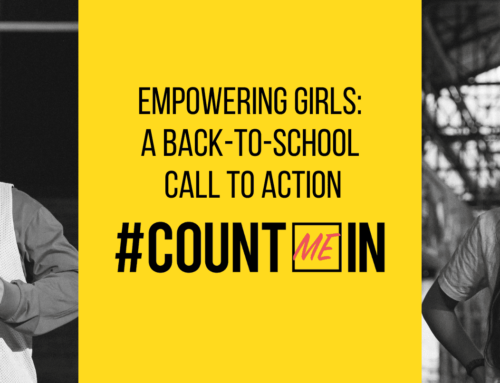“School is a time for dreams, every kid deserves this.”
– Shannen Koostachin
Shannen Koostachin was Mushkegowuk Innanu from Attawapiskat First Nation and her dream was to become a lawyer. She wanted all First Nations kids to attend safe and comfortable schools and receive culturally-relevant education. Today, we’re calling for the same.
Shannen’s Story
Shannen and her peers knew just how hard it was to learn in an under-resourced on-reserve school.
Their only elementary school was closed in 2000 after repeated complaints from students and staff that they were getting sick. The illness was caused by diesel fuel contamination that occurred in the late 1970s. Although the community fought for a long-term solution, the government set up portable trailers as a “temporary school” for the 400 children until the new one could be built. Nine years later, Shannen and her peers were still waiting for a new school.
Together they launched the Attawapiskat School Campaign to reach out to students across Canada, asking them to stand in solidarity and to write their elected officials to demand a new school.
Thousands of children answered the call, and a new school was finally built in 2014. The Attawapiskat School Campaign was the largest children’s rights movement in Canadian history.
Tragically, Shannen passed away in a car accident in 2010, but with the support of her family, friends, and community, Shannen’s Dream was launched. It is a campaign inspired by her dream that all First Nations kids get a good education that makes them proud of who they are.
The Problem
On-reserve elementary and secondary education is under-resourced. It impacts thousands of First Nations kids, many of whom express that they do not get an education that honours their languages and cultures, takes into consideration the legacy of the residential school system, and enables them to have a strong sense of identity. Many kids, like Shannen, make the hard choice to leave their families and communities to get a good education. It is hard to envision a good future when you do not have the opportunity to honour your culture and language nor to get a good education at home.
While education is largely overseen and paid for by the provinces and territories, education on-reserve for First Nations kids is the federal government’s responsibility.
In 2016, the Parliamentary Budget Officer released a report about federal spending on primary and secondary education on First Nations reserves. The report found that there is a funding shortfall between federal and provincial education funding. It found that on-reserve school funding does not cover many costs relevant to First Nations communities, including culturally-relevant education in Indigenous languages and the equitable supports students require due to the remoteness of many First Nations communities, the legacy of the residential school system, and socio-economic disadvantage.
A recent report from People for Education found that, for schools to be thriving and safe, three key ingredients are needed: the right people (from educators to psychologists); the right resources (access to technology and libraries); and strong community connections (supports and learning opportunities beyond the school).
Unfortunately, many First Nations schools do not receive the funding and supports they need. Many receive less funding per student than provincial and territorial schools, and zero dollars for things like libraries, computers, languages, or extracurricular activities. A lot of the schools also do not have the resources to provide a safe and appropriate learning environment, and may pose serious health concerns to students and educators, such as mold contamination and inadequate heating.
What YOU Can Do
School should be a place where young people can dream for their futures and get the tools to make their dreams come true.
Education is a national priority for all children. It’s also a priority area of the Truth and Reconciliation Commission’s (TRC) Calls to Action. The TRC calls on Canada to provide culturally-based education for First Nations children, eliminate the funding shortfall for on-reserve First Nations schools, and educate all people in Canada about Indigenous peoples to enable everyone to pursue reconciliation. Here’s what YOU can do:
- Participate in the Caring Society’s School is a Time for Dreams campaign, celebrated annually in September and October
- Share what you want to be when you grow up with your class and on social media using #ShannensDream and #RêvedeShannen
- Host a Shannen’s Dream party to learn about equity in education and share your party photos on social media using #ShannensDream and #RêvedeShannen
- Send letters to elected officials letting them know about the importance of safe and comfortable schools for all First Nations kids
As the National Centre for Truth and Reconciliation says, “Reconciliation is not only about the past; it is about the future that all Canadians will forge together.”
Supporting equity in education for First Nations kids is a key part of forging that new future.
Learn More:
- 8 Indigenous Women’s Voices You Need to Hear
- Indigenous Firsts: 14 Indigenous Women to Know on National Indigenous Peoples Day
- National Indigenous History Month: Sonia Prevost-Derbecker
Take Action:
Sign up for our e-newsletter to have our latest stories and resources sent to your inbox.
Follow us on Facebook and Twitter to join a national conversation about empowering girls.
